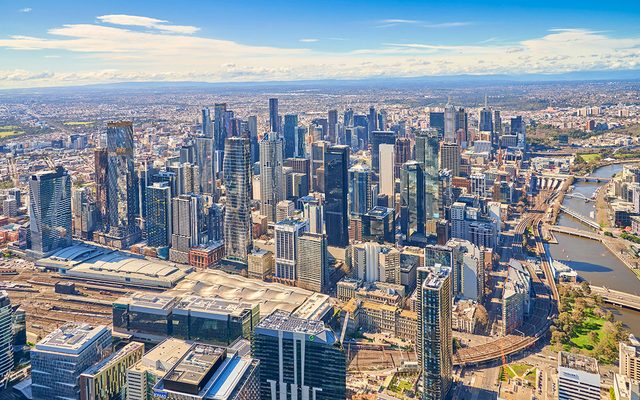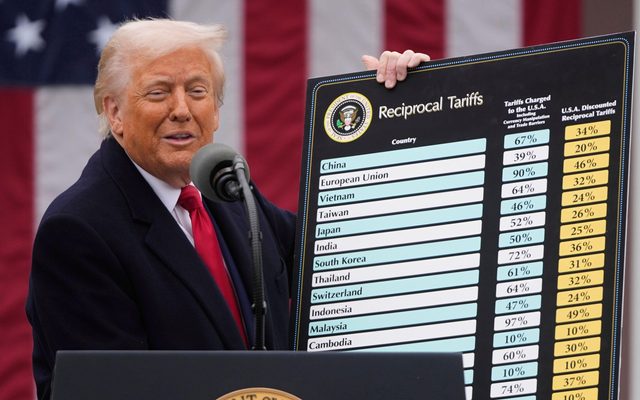This article is from the Australian Property Journal archive
THE ING Real Estate Healthcare Fund has caught the global financial crisis bug, but the fund said it can withstand the conditions because of the defensive nature of its investments.
IHF has reported a net loss of $6.87 million for the six months ended December 31 2008, down 162% compared to a net profit after tax of $11.04 million in the previous corresponding period.
This loss result was delivered on the back of net operating income which rose 11% to $2.5 million.
Despite the fall in profit, IHF’s distributions per unit remained steady at 4.35 cents for HY09.
Chief executive Miles Wentworth said the financial markets have been exceptionally turbulent and challenging over the reporting period.
But Wentworth said given the demand for health services are less impacted by the economic challenges, the fund’s sole focus on specialised healthcare property assets places it in a stronger position when compared to traditional property classes.
Wentworth pointed out, in the past six months, the Australian Real Estate Investment Trust (A-REIT) sector fell by 31.1%, compared with IHF’s fall of 2.4%.
“The fund’s long dated leases and forecast stable and growing cashflows reflect the defensive nature of healthcare,” he added. “The quality of the fund’s investments, along with the defensive nature of the sector in which it invests, is evidenced through the fund’s relative outperformance to the broader A-REIT market, where for the 2008 calendar year IHF was the fifth best performing fund out of 55 A-REITs,”
During the period, four out of seven properties were independently valued to $111.6 million, resulting in an increase of $8 million or 13% (16 cents per unit). The fund experienced some softening of yields but this was more than compensated by strong rental growth and the lease renegotiation at Epworth Freemasons Clarendon Street campus. Property net asset value per unit rose to $1.33 from $1.17 at June 2008.
As a result, two of the fund’s four debt facilities’ loan to valuation ratios reduced, resulting in additional covenant head room to that already had. IHF has no debt facility expiries until February 2010 ($91.8 million) and has 80% of its debt hedged against increases in interest rates.
Looking ahead, Wentworth said the economic outlook for Australia and the world is very uncertain, and performance of the fund’s property portfolio is likely to be impacted in some form, notwithstanding that the health sector is needs-based and less influenced by economic cycles.
“Having said this, the fund is invested in a sector that represents 9% of the Australian economy, with expenditure on healthcare services growing at a nominal (including inflation) rate of 8.4% per annum, and the sector exhibiting significant defensive characteristics… with a lengthy weighted average lease term to expiry of 12.4 years, 99.6% occupancy and solid underlying rental growth mechanisms,” he concluded.
Australian Property Journal



